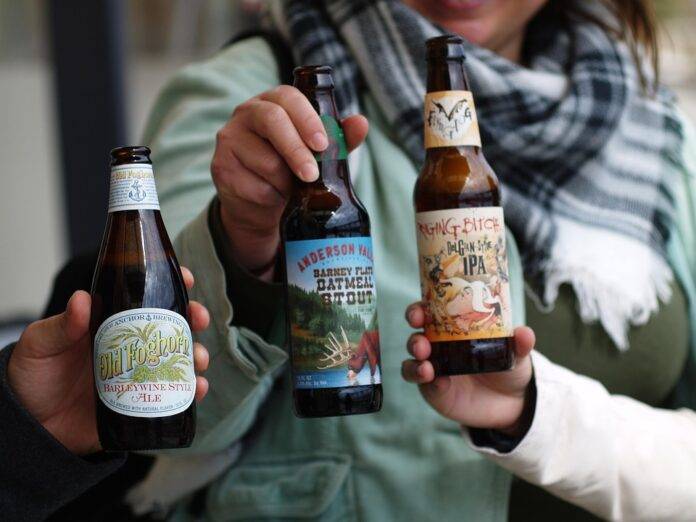The Evolution of IPA Bitterness Levels in the Craft Beer Industry
The Rise of IPA Popularity
In recent years, India Pale Ale (IPA) has become one of the most popular beer styles in the craft beer industry. Known for its bold hop flavors and high bitterness levels, IPAs have a dedicated following among beer enthusiasts. However, as the craft beer market continues to expand, brewers are faced with the challenge of appealing to a wider audience that may not necessarily enjoy the intense bitterness traditionally associated with IPAs.
Understanding Bitterness in IPAs
Bitterness in beer is primarily derived from hops, which are added during the brewing process to impart flavor, aroma, and bitterness. The bitterness of a beer is measured in International Bitterness Units (IBUs), with higher IBU values indicating a more bitter taste. IPAs typically have IBU values ranging from 40 to well over 100, depending on the specific style and brewing techniques used.
Balancing Bitterness for a Broader Appeal
To appeal to a wider audience, many craft brewers are experimenting with ways to balance the bitterness of IPAs without compromising on flavor. One approach is to use a combination of different hop varieties to create a more complex flavor profile that appeals to both hopheads and those new to the style. By blending hops with varying levels of bitterness, brewers can create IPAs that are more approachable to a broader range of consumers.
Reducing Bitterness Through Brewing Techniques
Another method used by brewers to reduce the perceived bitterness of IPAs is through brewing techniques such as dry hopping and late hop additions. By adding hops later in the brewing process, brewers can extract more aroma and flavor compounds from the hops without increasing the bitterness of the beer. This results in a more balanced IPA with a lower perceived bitterness that is more palatable to a wider audience.
Industry Insights and Trends
The craft beer industry has seen a shift towards more approachable and sessionable beer styles in recent years, with many consumers seeking out beers with lower bitterness levels. This trend has led to an increase in the production of New England IPAs, a style known for its juicy and hazy appearance, as well as its lower bitterness compared to traditional IPAs. Many brewers are also experimenting with fruit additions and other flavor enhancements to create IPAs that appeal to a broader audience.
Financial Data and Market Analysis
According to industry data, the craft beer market is expected to continue growing in the coming years, with IPAs remaining a dominant force in the market. However, as consumer preferences evolve, brewers are adapting their recipes and brewing techniques to meet the changing demands of the market. This has led to increased competition among brewers to create IPAs that stand out in a crowded market while appealing to a wider audience.
Conclusion
In conclusion, the craft beer industry is constantly evolving, with brewers finding innovative ways to balance the bitterness of IPAs to appeal to a wider audience. By experimenting with different hop varieties, brewing techniques, and flavor enhancements, brewers are able to create IPAs that are both flavorful and approachable to a broader range of consumers. As the market continues to grow, we can expect to see even more diverse and creative IPAs that cater to the changing tastes of beer enthusiasts.


